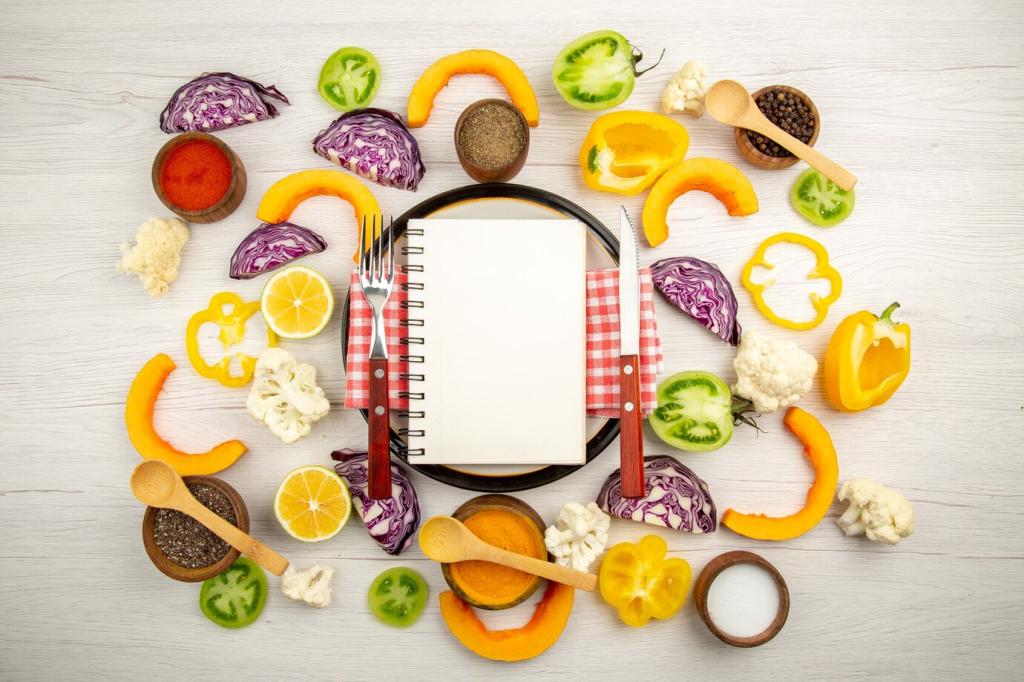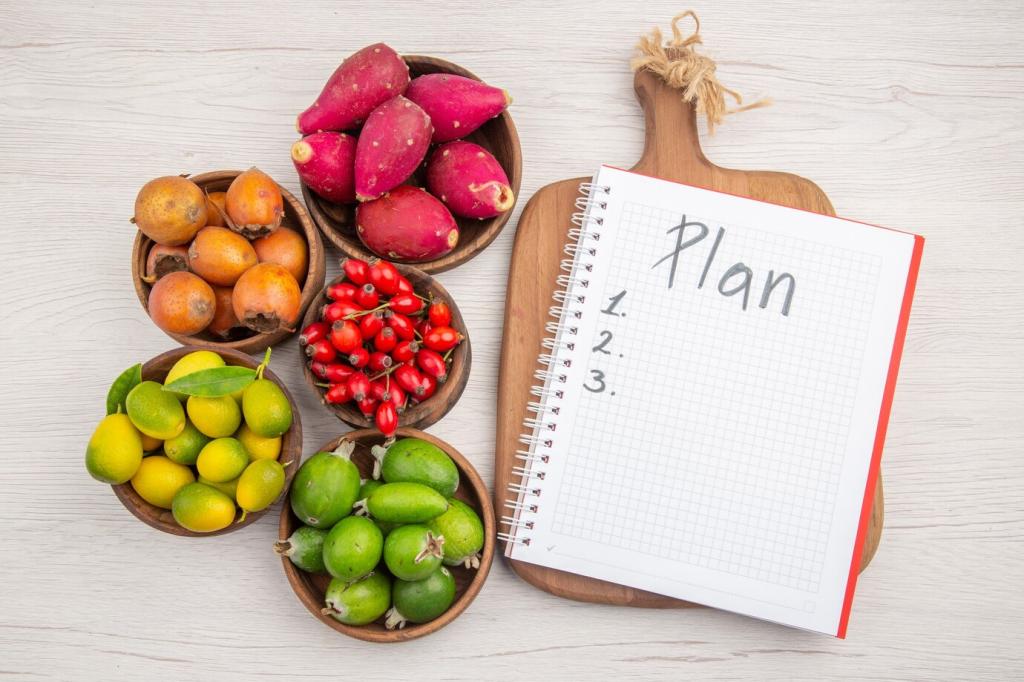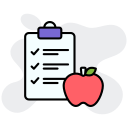
Balanced Diet Plans for Different Age Groups: Eat Well at Every Stage
Chosen theme: Balanced Diet Plans for Different Age Groups. Welcome to a practical, friendly guide that adapts nourishment to every season of life—from curious toddlers to wise grandparents. Explore science-backed tips, simple plates, and real stories that make healthy eating feel inviting. Subscribe and tell us which age group you’re planning for, so we can tailor future posts to your needs.
Why Age Shapes a Balanced Plate
Infants and toddlers need iron and fats for rapid brain growth, kids need steady energy for learning, teens require extra protein and minerals, adults juggle prevention and performance, and seniors benefit from protein density and micronutrients. Share your family’s biggest nutrient challenge.
Toddlers and Preschoolers: Building Nourishing Habits
Prioritize iron-rich foods like beans, eggs, or fortified cereals, and add healthy fats from avocado, nut butters, or olive oil for brain development. Serve small, frequent meals with water or milk. Which iron option does your little one enjoy most?

School-Age and Preteens: Fuel for Focus and Play
Build a simple template: whole-grain base, lean protein, crunchy vegetable, piece of fruit, and a fun dip. Involve kids in choosing two items each week to boost ownership and reduce waste. What’s one combo your child never brings back home?
School-Age and Preteens: Fuel for Focus and Play
Support bone health with dairy or fortified plant milks, leafy greens, tofu set with calcium, canned salmon, and safe sunlight exposure. Pair calcium-rich foods with vitamin D sources to enhance absorption. Which calcium option is a hit at your table?



Adults 20–59: Balance for Busy Lives
Fill half your plate with vegetables and fruit, rotate colors, and lean on beans and whole grains for fiber. This pattern supports heart health and weight stability while leaving room for favorites. What two vegetables could you prep once and enjoy all week?

Protein pacing to preserve muscle
Spread protein evenly across three meals and a snack to support muscle and independence. Options include Greek yogurt, cottage cheese, tofu, fish, eggs, and tender legumes. Add herbs and sauces for appetite appeal. What protein tastes best first thing in the morning?
Micronutrients that matter more now
Vitamin D and calcium support bones, B12 aids cognition, and potassium supports blood pressure. Consider fortified foods and periodic checks with your clinician. Soft textures and warm spices can reignite appetite. Which seasoning instantly makes your meal more inviting?
